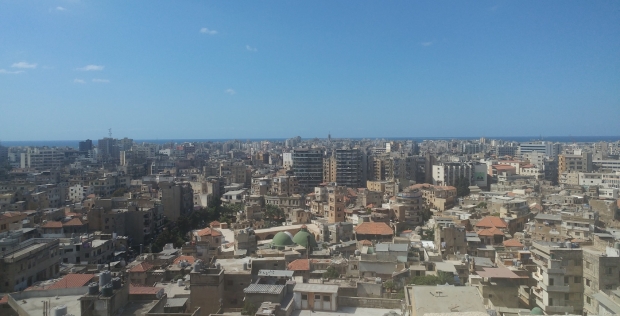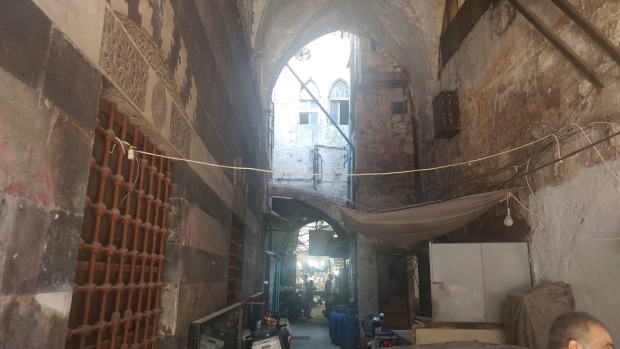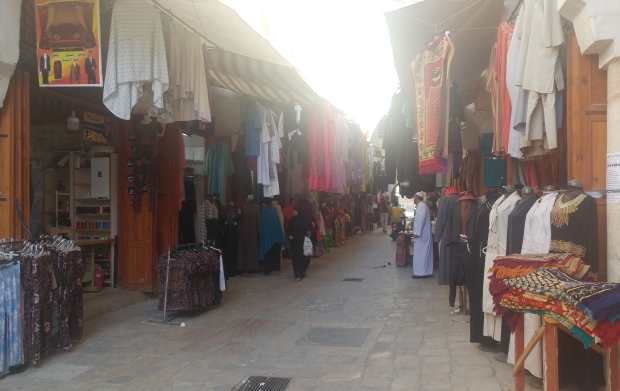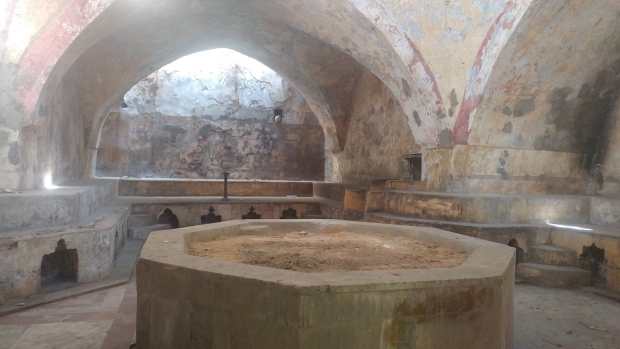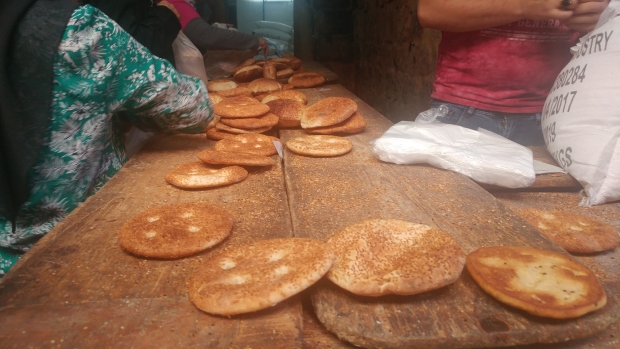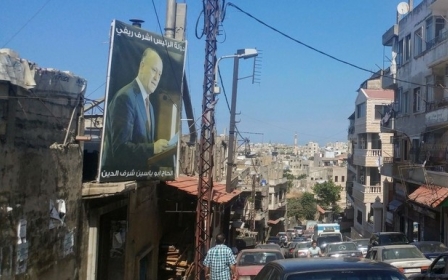Lebanese woman on a mission to show 'real face' of Tripoli
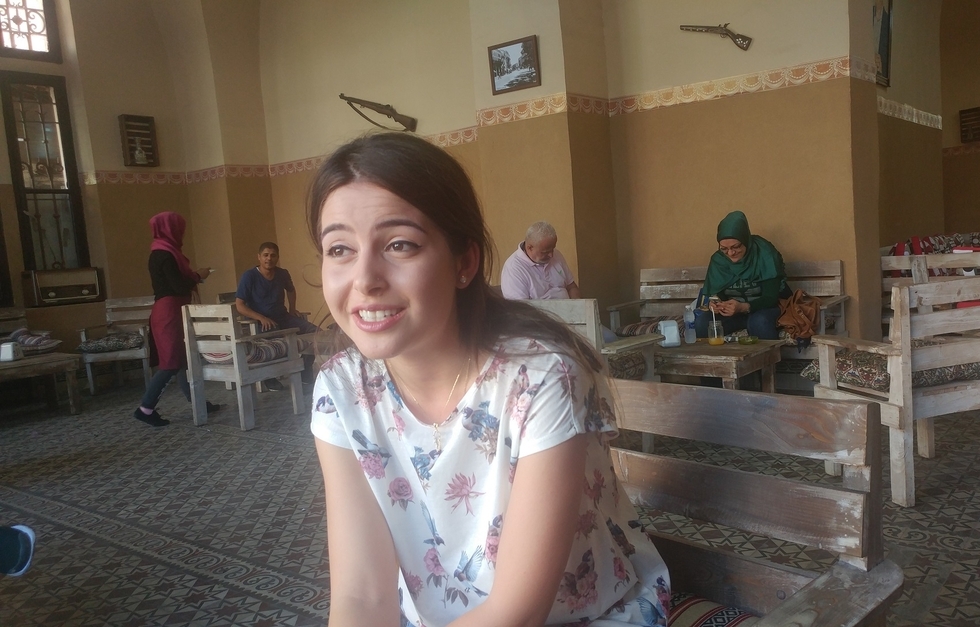
TRIPOLI, Lebanon - Yassmin Lawzi was in her early teens when she fell in love with the rich history of her home city, Tripoli.
She came across an elderly man working on a sewing machine while listening to Egyptian diva Um Kalthoum on the radio and asked about his reflections on Tripoli. This sparked a personal project driven by curiosity, and she turned to the public library to soak up information about her hometown’s bygone days and landmarks.
From that time forward, when she encountered tourists in the old city, she would offer them improvised tours.
"I didn’t know what I was doing, but I really enjoyed it," Lawzi told MEE.
More than a decade later, Lawzi, now 24, is turning her hobby into an initiative to bring people to Tripoli. It is a mission, she said, to show people what north Lebanon's capital, which in recent years has been dogged by clashes and controversies, is really all about.
Lawzi said the troubling times that Tripoli went through over the past 10 years have altered Lebanon's perception of the place and its residents.
Indeed, Tripoli has been called Lebanon's Kandahar, after the Afghan city that was the Taliban's de-facto capital in the 1990s. In 2008, Syria's President Bashar al-Assad warned that north Lebanon was becoming a "base for extremism".
Lawzi is trying to change that perception by inviting people to see Tripoli for themselves. She started her latest project, Trip2Poli, in September to offer guided tours of the city.
She has so far escorted a number of paid visitors, including a group of 60 students from the American University of Beirut.
"I'm spreading the word through Facebook and social media," she said, adding that she is also advertising through her modest resources.
Beyond the business aspect, Lawzi said her goal is to promote the city's colourful heritage, elaborate architecture and generous residents.
She starts her tours with a brief history of Tripoli. It was founded by the Phoenicians in 1400 BCE, destroyed by an earthquake in 550 CE, became a cultural centre during the Fatimid caliphate, was captured by the crusaders early in the 12th century then liberated and rebuilt by the Mamluks late in the 13th century. It then came under Ottoman control until the birth of the modern Lebanese state in 1920.
Narrow markets built by the Mamluks with ancient stones lead to public squares named after Ottoman sultans. The crusaders' castle overlooks the city and offers a splendid view of a chaotic skyline.
Part of the castle recently became a base for the Lebanese army, whose presence is conspicuous throughout the city. In 2014, a security sweep put an end to the periodic clashes between Sunni and Alawite militants that had crippled the city.
Lawzi, who does not wear a hijab, said that when she started working at a university in Beirut people were surprised to find she was from Tripoli and would joke that she must be a troublemaker.
"I was bewildered," she said. "When you leave your comfort zone and discover that people perceive you that way, it's kind of depressing."
Lawzi began organising trips for her friends at the university to see Tripoli for themselves.
"I was able to bring a lot of people to the city from different backgrounds and sects," she said. "It made a difference."
The visitors' opinions of Tripoli changed quickly, Lawzi said, adding that they were especially impressed by the kindness of residents.
Also, it is difficult to escape portraits of politicians in the city of 230,000, which has been the hometown of numerous prime ministers since Lebanon's independence 74 years ago.
Tripoli is not all joy and positivity, however. Diminishing security threats aside, the city suffers from crumbling infrastructure, neglected historic sites and alarming poverty.
There are seven Quran school madrassas across the city built by the Mamluks. Their entrances are decorated with intricate Arabic calligraphy, but the paint is often peeling off their white, black-striped walls.
Buildings in the old city are often connected with stone arches, making the sector appear as one massive block. Lawzi explained that the Mamluks designed it as such to fortify the city against natural disasters.
Lebanon's economy is suffering from a political deadlock that has gripped the country over the past 12 years. Moreover, most investments are concentrated in the capital Beirut, and an influx of Syrian refugees has only added to Tripoli's fiscal woes.
Lawzi said the dire state of Tripoli's economy is forcing people to sell historical homes and artifacts.
"When there is poverty, people become attached to religion and politics," she said, "as their only hope in life."
Lawzi said during the sectarian clashes, each round of fighting cost hundreds of thousands of dollars, if not millions, which could have been invested in the city.
Still, the sound of vendors chanting to call attention to their products and the smell of bread from bakeries tucked into the sides of ancient alleyways point to a lively city trying to make the most of what it has.
Mohamad Wissam Alsoufi, a friend of Lawzi who helped design the Trip2Poli logo, praised her efforts to unveil the "real face of the city".
"Tripoli is ignored by everyone, including the media," he told MEE. "She's trying to find a solution to this."
Middle East Eye propose une couverture et une analyse indépendantes et incomparables du Moyen-Orient, de l’Afrique du Nord et d’autres régions du monde. Pour en savoir plus sur la reprise de ce contenu et les frais qui s’appliquent, veuillez remplir ce formulaire [en anglais]. Pour en savoir plus sur MEE, cliquez ici [en anglais].


